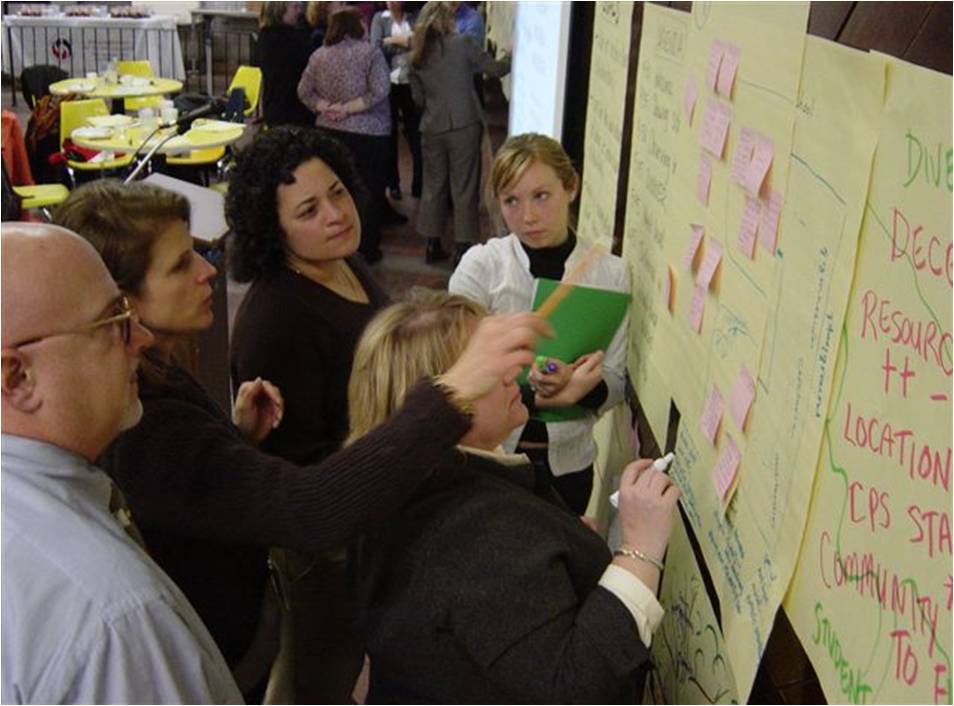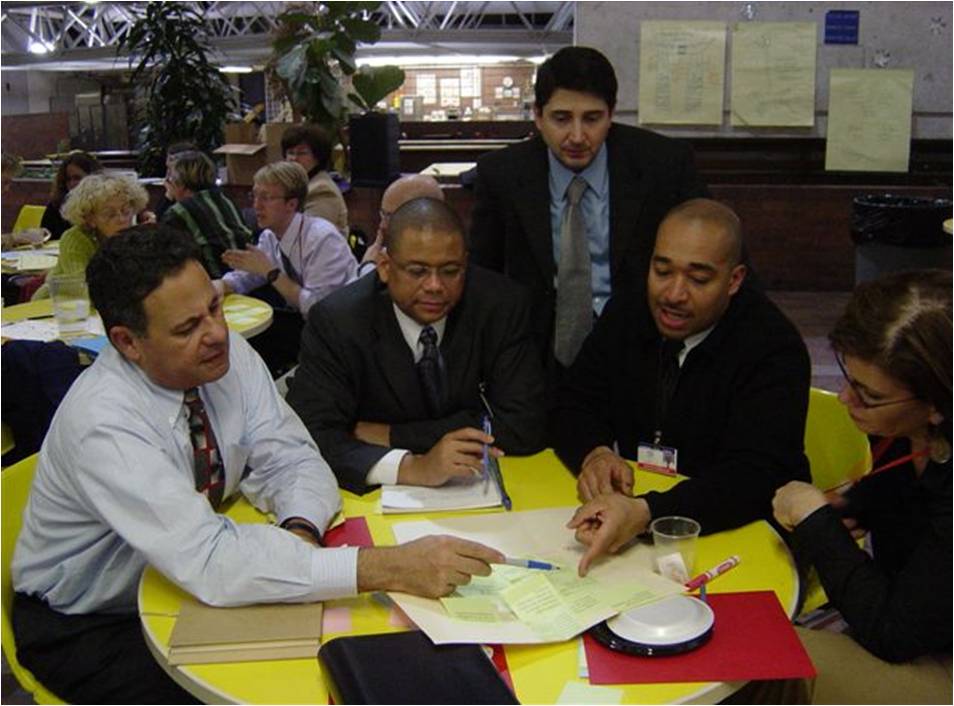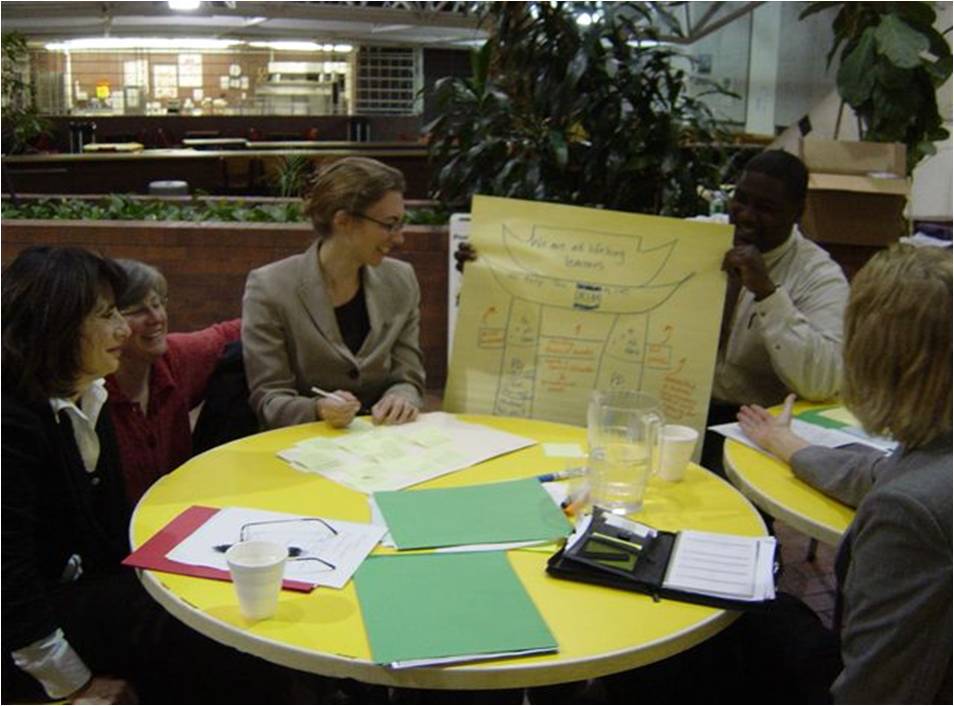Instructional Rounds Plus
Thomas Fowler-Finn, Ed.D.
112 Grover Road Extension Medford, MA 02155
Office: (781) 391-2172 Mobile: (339) 221-2922 [email protected]
Copyright 2016 Instructional Rounds: Lesson Observation & Analysis. All Rights Reserved.
Instructional rounds is a collegial school based process of improving instruction and learning through job-embedded professional development. The instructional rounds process targets high level content and rigor, improving instruction and increasing student learning. Instructional leadership from all professional positions, district and school based, actively participate together in classroom observations to collect evidence of the interactions between the teacher, student, and content (termed the instructional core). The roles and actions of all participants connected to student learning become redefined through consequent professional development and organizational change, district and school based, necessary to yield improved instruction and student learning at scale. Dr. Thomas Fowler-Finn describes the process:
An instructional rounds network of educators from across a school/district commit to engaging with problems of instruction and student learning in each school based visit. Every school hosts a rounds visit and self-identifies a problem of student learning in their school, called a “problem of practice” (POP), that serves as the basis for the network's observations. The participants convene at the school, enter classrooms in small teams of 3 to 4, use low-inference observation techniques, and script specific and objective notes based upon the school's POP.
The network then analyzes their classroom observations using instructional rounds protocols. This stage, called debriefing, keeps the analysis on specific and factual descriptions, screening out personal judgments. Participants discern school based "patterns of practice" that provide a comprehensive picture of the school's instructional core. Patterns do not provide evaluations, and members do not identify individual teachers or classrooms at any time.
These school-wide patterns are also used to make predictions about what students would know and be able to do as a result of being educated in this school. Since the goal of instructional rounds is to increase student learning at scale, the members conclude their work by taking on the central question of what needs to happen in this school and system-wide to cause improved instruction and learning. This stage, called “the next level of work", yields recommendations for improving instruction and learning offered by the network as options for this school and the district to consider.
The options address what this school/district could do to yield greater rigor, improved instruction, and increased student learning. Components include time factors, resources, and the support required. The next level of work is explicit and concrete, yet offered with the expectation that the school will decide upon its own course of action to improve instruction and learning. The network depends on the school to report back to the network on the school's chosen course of action by citing obstacles as well as progress in the school's efforts to create improved instruction and learning. In doing so, both the school staff and all network members reflect over time on their own professional practice as a part of the job-embedded professional development of instructional rounds. Each rounds visit provides a baseline of recorded patterns that enables schools and networks to assess productivity of past efforts and rethink future recommendations for improving instruction and learning.








